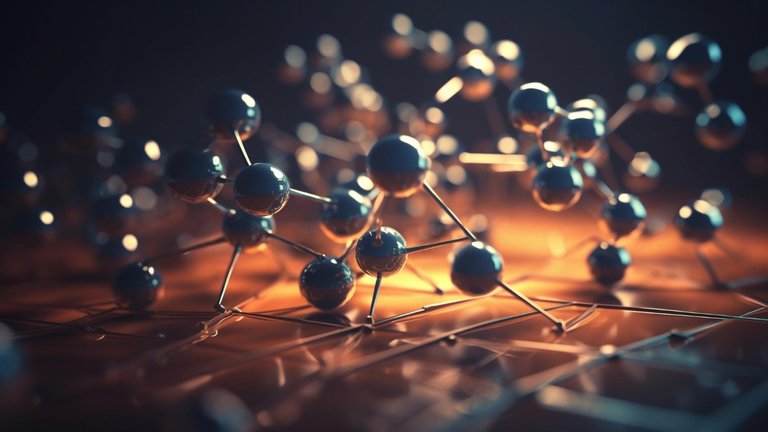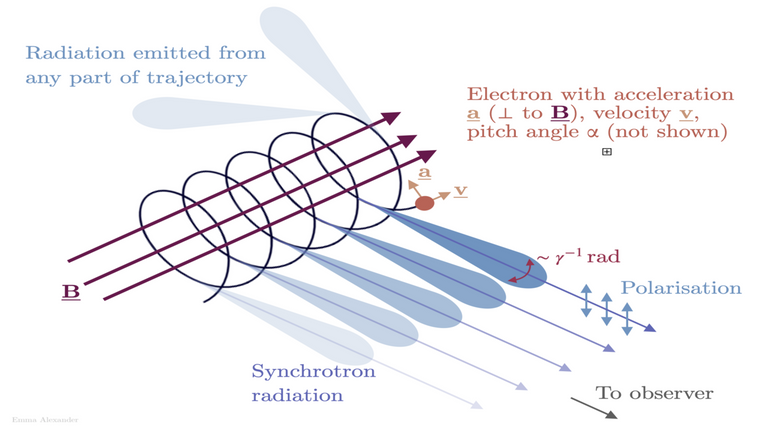Scientists Analyze a Single Atom With X-Rays For The First Time |ChemFam #41|
Greetings to everyone! Hope you guys are doing great. Today, we shall be discussing about analyzing a single atom with the aid of X-Ray study. X ray analysis plays a crucial role in understanding structure and properties of various materials. This analytical technique utilizes the interaction between x rays and the matter of interest to extract valuable information regarding the atomic and molecular arrangements within the sample. Scientists at Argonne National Laboratory and various universities have successfully used x ray beams to analyze a single atom. This marks a groundbreaking achievement in the field of X ray technology.

In the most powerful X-ray facilities in the world, scientists can analyze samples so small they contain only 10,000 atoms. There has been difficulty associated with smaller sizes to detect and analyze. Since the discovery of x rays in 1895, it was not possible to analyze a single atom using x rays until scientists from Argonne National Laboratory took a step further. They have reportedly characterized the elemental type and chemical properties of just one atom by using x rays. This new capability will profoundly add great value to the fundamental research in numerous scientific disciplines and development of new technologies.
When it comes to analysis of particles, different x ray techniques come into the picture, viz. X-ray diffraction (XRD), small angle X-Ray scattering, small angle neutron scattering (SANS), multi angled light scattering (MALS). By analyzing the angles and intensities of the diffracted rays in XRD, scientists are able to determine the lattice structure, crystal symmetry and atomic spacing within the particle. These information are crucial for understanding the physical and chemical properties of the material taken.

The obtained dataset from x ray beams serves as a fingerprint for the type of elemental composition within a material. This could be exemplified by the NASA Curiosity rover which gathered small samples of sand on the Martian surface. On analysis with x rays, it was later determined that their content is similar to volcanic soil in Hawaii.
Very powerful machines are required to analyze a sample as small as a billion of a billionth of a gram. Such a type of x ray machine is 'Synchrotron light sources'. Such samples contain about 10,000 atoms. To characterize just one atom with X rays, it needs to be isolated from the same kind of atoms. Otherwise an accurate result can not be extracted from analyzing the atom. To do so, the team first entwined a single Fe (Iron) atom in a nanometer-size molecule composed of different elements.
They, then took the sample for analysis. The analysis was done with the help of powerful x-ray beam at Argonne's light source, the Advanced Photon Source (APS). The team detected the single atom in the sample at a beamline XTIP shared by the APS and the center for Nanoscale Materials (CNM). Both are DOE office of science user facilities at Argonne. The beamline included a scanning tunneling microscopy (STM) probe.
"A DOE Early Career Research Program Award that I received in 2012 allowed me to form a team of passionate scientists and engineers to develop the microscopy technique used in this study," said Volker Rose, a physicist at the APS and in CNM. ''Together we developed and built this one of a kind microscope at the XTIP beamline thanks to additional DOE funding.''

The photon rush from the X ray source bombarded the sample, causing it to release electrons. The STM probe collects the electric signal due to the emitted electrons which is positioned less than a nanometer above the sample surface. The resulting spectra (plots of current versus photon energy) are ''fingerprints'' for the elements in the periodic table. Each element has a unique fingerprint. By probing the sample surface, scientists can thus identify an elemental of a particular atom and its exact location.
They were also able to determine the atom's chemical state from the same spectrum. The chemical state has to do with the fact that atoms can lose a certain number of electrons; Fe can lose one, two, three or four electrons. The chemical state reflects the number of electrons missing. This is important for scientists to know because it effects the physical, chemical, electrical properties of atom.
To prove wider applicability of the new emerging capability, the team has successfully repeated the same x ray analysis with terbium, a rare earth element. Rare earths are critical to microelectronics, batteries, aircraft structures and more. The technique is applicable to elements besides metals. By knowing the properties of single atoms, scientists could then be capable of exploiting their uses in materials in new ways.
Characterization of just one atom using synchrotron X-rays
Can We Slow Down Aging? |ChemFam #40|
Studying The Cluster Compounds: The LNCC |ChemFam #39|
Biochemistry of Calcium: Role of Calcium in Muscle Contraction |ChemFam #38|
Biosynthesis of Fatty Acids: De Novo Synthesis of Fatty Acids |ChemFam #37|
Hapticity and The Eighteen Electron Rule |ChemFam #36|
An Introduction To Organometallic Chemistry |ChemFam #35|
Applications of Zeolites: The 3D Molecular Sieves |ChemFam #34|
Properties of Zeolites: The 3D Molecular Sieves |ChemFam #33|
Zeolites: The 3D Molecular Sieves |ChemFam #32|
The Beauty of Eucalyptus Tree |ChemFam #31|
The Accidental Cure for Cancer: Cisplatin |ChemFam #29|
Acceptorless Dehydrogenation and Related Transformations |ChemFam #28|
PS The thumbnail image is being created by me using canva.com by using template image from scitechdaily


This post has been manually curated by @bhattg from Indiaunited community. Join us on our Discord Server.
Do you know that you can earn a passive income by delegating to @indiaunited. We share more than 100 % of the curation rewards with the delegators in the form of IUC tokens. HP delegators and IUC token holders also get upto 20% additional vote weight.
Here are some handy links for delegations: 100HP, 250HP, 500HP, 1000HP.
100% of the rewards from this comment goes to the curator for their manual curation efforts. Please encourage the curator @bhattg by upvoting this comment and support the community by voting the posts made by @indiaunited.
Thanks for your contribution to the STEMsocial community. Feel free to join us on discord to get to know the rest of us!
Please consider delegating to the @stemsocial account (85% of the curation rewards are returned).
Thanks for including @stemsocial as a beneficiary, which gives you stronger support.
Congratulations @splash-of-angs63! You have completed the following achievement on the Hive blockchain And have been rewarded with New badge(s)
Your next target is to reach 7000 upvotes.
You can view your badges on your board and compare yourself to others in the Ranking
If you no longer want to receive notifications, reply to this comment with the word
STOPCheck out our last posts: